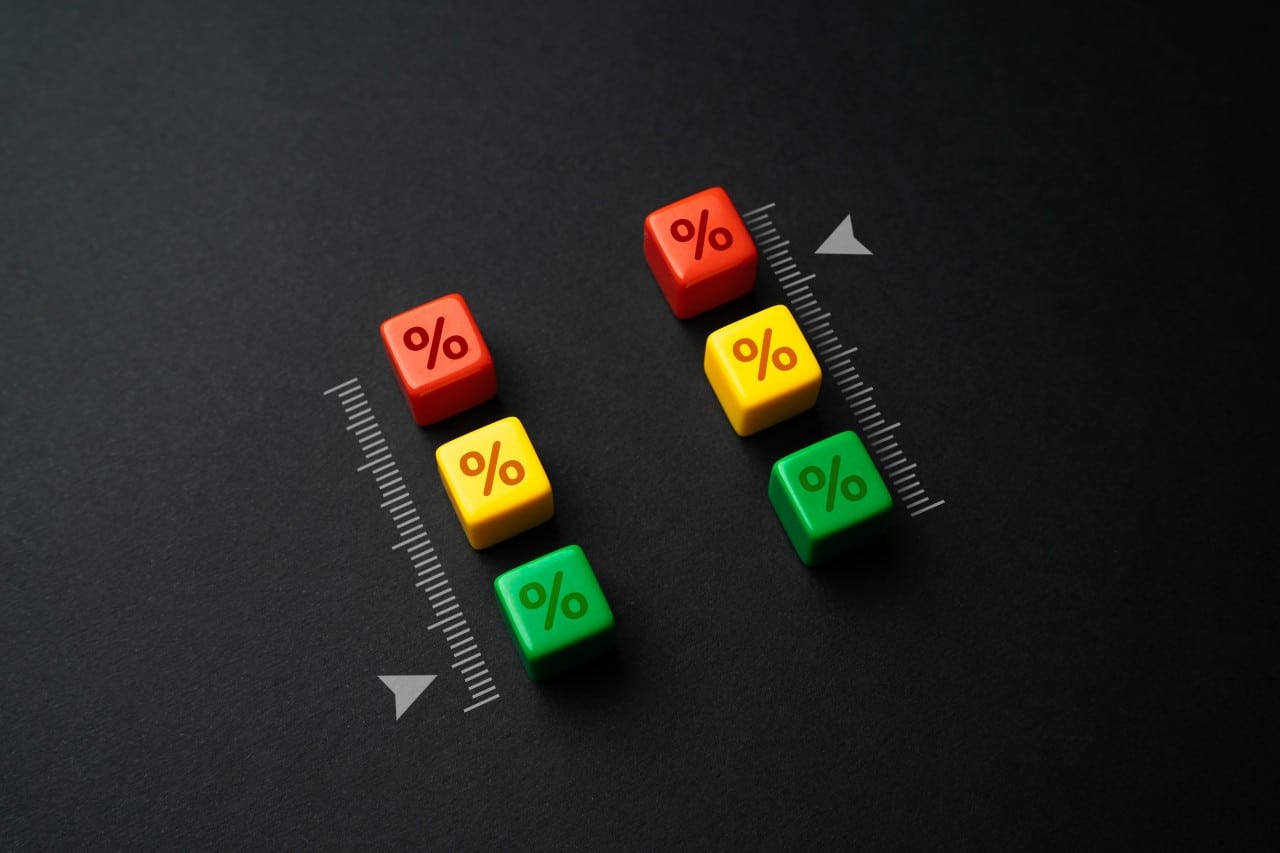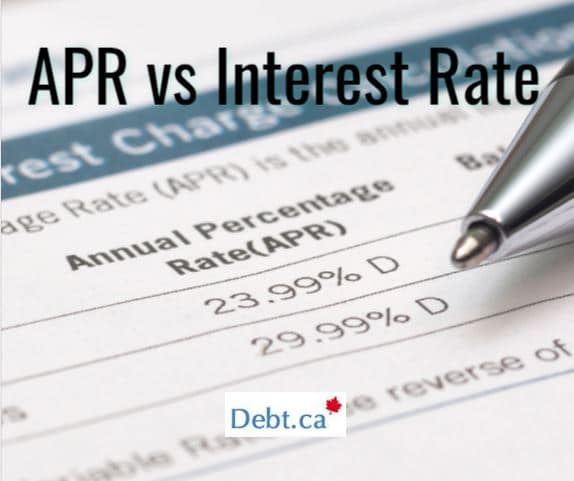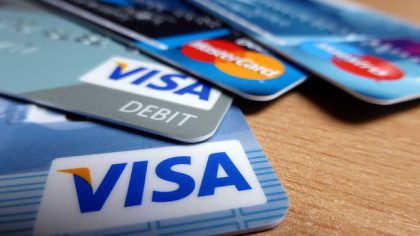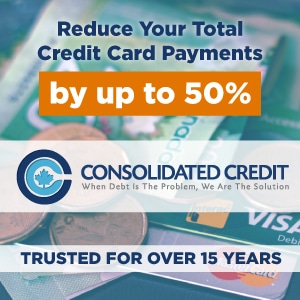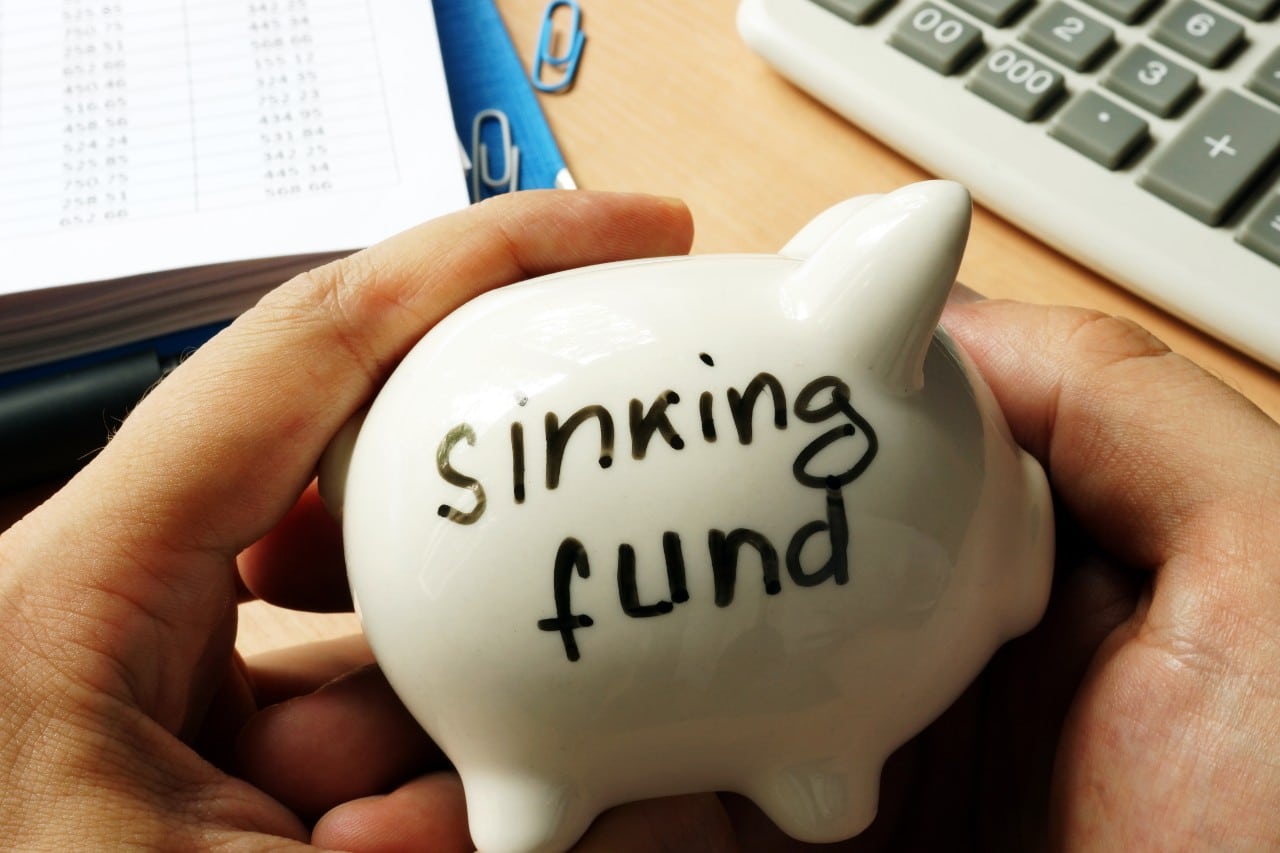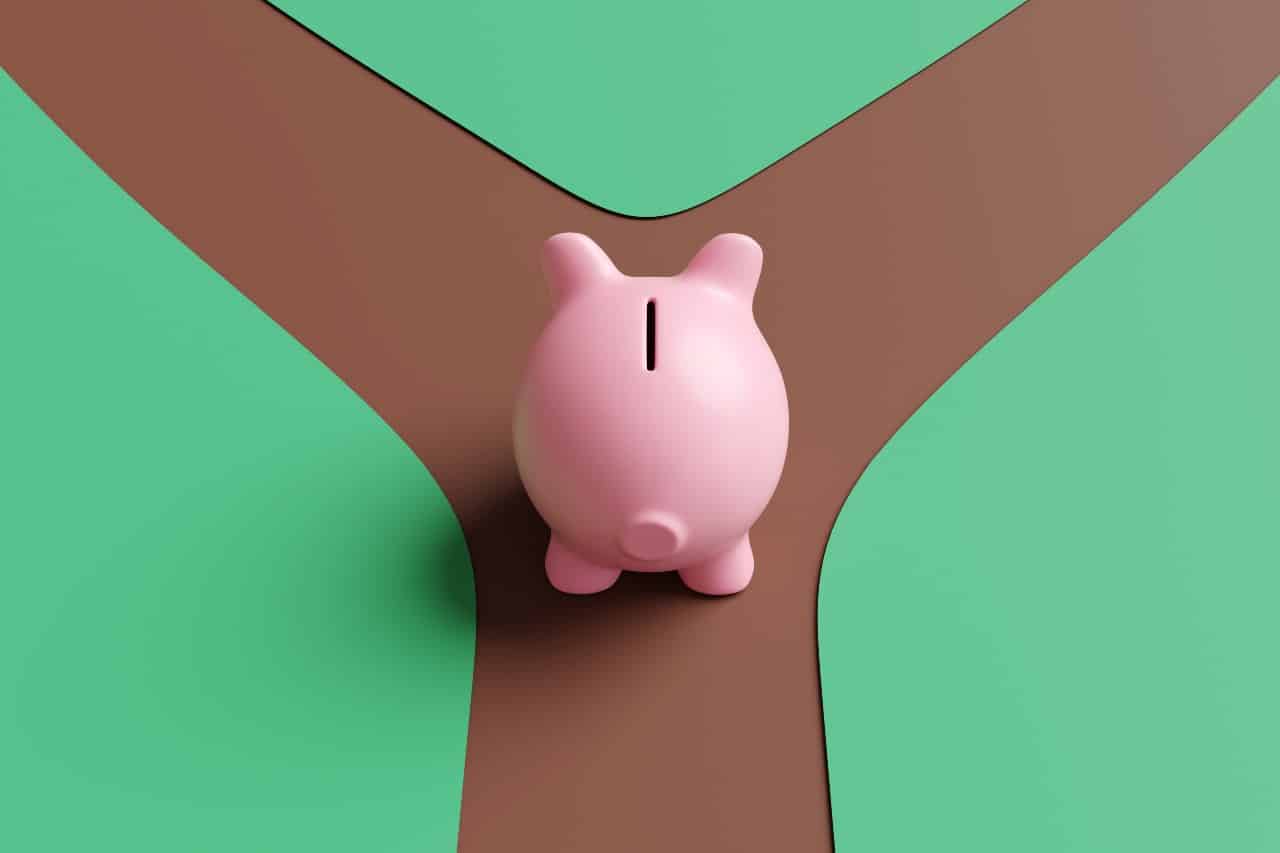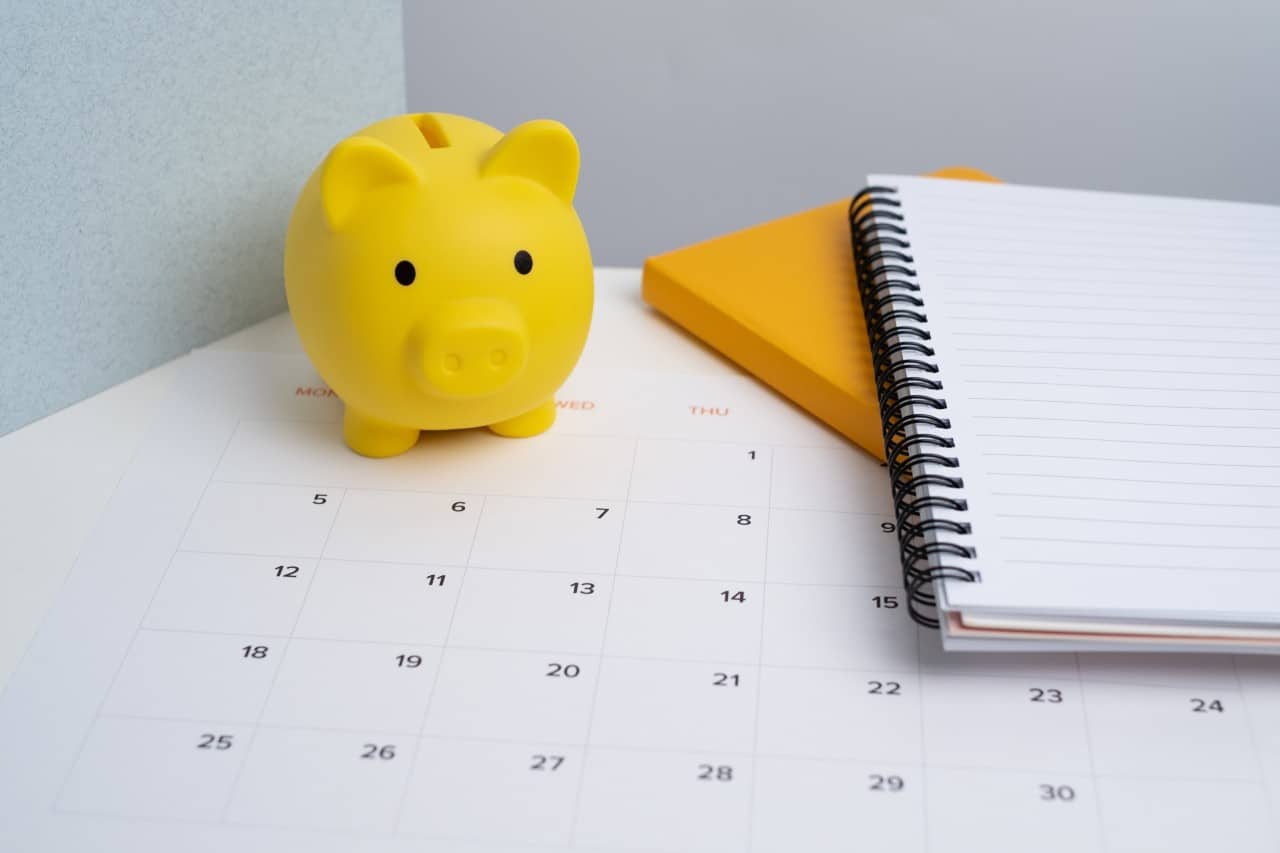If you’re looking to borrow money, the number of options can feel overwhelming. A few of the common options are credit cards and lines of credit, but are they a good fit for you? What’s the difference between a credit card vs a line of credit (LOC)? Will you even qualify for either? Which option is the best fit for your needs?
All credit products have pros and cons. The biggest con of any credit product is that it can add financial stress. To avoid that, it’s important to take time to carefully consider your options and how they fit into your overall finances.
Let’s look into the details of these two credit products to help you understand them and decide if one fits your needs.
They will both involve a credit check that will appear on your credit reports. Your credit score and report details will impact your likelihood of being approved. Both offer revolving credit, or credit you can access and repay over and over. Unlike personal loans, monthly payments on revolving credit vary with your outstanding balance.
What is a line of credit?
A line of credit is a flexible borrowing option offered by financial institutions. They allow you to borrow up to a preset credit limit. They can be helpful with managing larger expenses due to lower interest rates and flexible repayment terms. They’re different from traditional loans, which provide a lump sum and have a set repayment schedule. In many cases, your minimum monthly payment on a line of credit will be interest only, meaning that your payment matches the amount of your monthly interest charge.
Most credit lines have variable interest rates. This means that your minimum payment will change when your financial institution changes its prime rate. Prime interest rate is your bank’s base interest rate. Prime rate is linked to the Bank of Canada’s policy interest rate (or overnight rate). This rate can change based on different economic factors. When the Bank of Canada adjusts its policy rate, financial institutions often adjust their prime rates shortly afterward. This can lead to fluctuations in the interest rate of your line of credit. Typically, the interest rate for a line of credit is the prime rate plus a specific percentage.
Example
Let’s look at a real-world example of this:
Credit Line Balance: $10,000
Prime Rate: 5%
Interest Rate: Prime + 3% = 8% (note that this is the annual rate)
Annual Interest Charge = $800 or $10,000 x 8%
Average Monthly Interest = $66.67 or $800 ÷ 12
If the prime rate increases by 1%, your annual interest would increase to 6%. Your monthly interest charge would increase to an average of $75.
A line of credit can be either secured or unsecured. A common secured credit option is a Home Equity Line of Credit (HELOC), using your home’s value as collateral. That being said, secured credit lines can also be secured by other investments or assets. Using assets as collateral for a secured credit line can increase your chances of approval.
What is a credit card?
A credit card can be a convenient tool for everyday purchases. It’s also a form of revolving credit, but its primary purpose is to make purchases/payments, not access cash. While most credit cards allow you to take cash advances, the higher interest rates and fees can make this a costly option. Choosing a credit card that works for you can often feel overwhelming. Before applying, it’s important to understand how they work, including the interest and fees.
Key feature comparison chart:
| Feature | Line of Credit | Credit Card |
| Interest Rates | Typically lower interest rate (currently ranging from 5-10% with the big banks) | Higher interest rates (commonly from 19-29%) |
| Payments | Can repay in full at any time with the monthly minimum, often interest-only. | Can repay in full at any time. The minimum payment varies based on your balance and is typically a percentage of your balance. |
| Eligibility | More difficult to qualify for than a credit card, especially for unsecured credit lines. | Varies widely depending on the card, but generally easier to qualify for than a line of credit. |
| Credit Limit | Usually have higher limits than credit cards. | Limits vary depending on the card, but are typically lower than those of a line of credit. |
| Interest Free Period | Interest starts as soon as you borrow funds. | If you pay your balance in full and on time every month, there is a grace period during which you won’t be charged interest. Grace periods typically range from 21–25 days after the billing cycle ends. If you carry a balance, interest is charged immediately on new purchases. |
| Added Fees | For secured credit lines, appraisal fees may be incurred when applying. | Fees are added in many different situations like annual fees, late payment and over-limit fees. |
| Pros | Lower cost to borrow, able to transfer funds from your LOC to your bank account. | Many cards offer perks and rewards, such as cash back or travel points. |
| Cons | Charged interest as soon as funds are borrowed, more difficult to qualify for. | Higher interest rates, added fees. |
When to use a line of credit
Large purchases or projects: Renovating your home or starting a small business? A line of credit offers access to funds at a lower interest rate.
Larger emergency expenses: Covering unexpected expenses, such as car repairs, can be done without paying high credit card interest rates.
Debt consolidation: A line of credit can be helpful to consolidate high-interest debts. Moving from multiple payments to one payment and reducing interest can be helpful.
When to use a credit card
Everyday spending: Groceries, gas, and online shopping are perfect for credit cards, especially if you earn rewards. One caution here is to still spend within your budget and focus on paying the balance in full every month. This will help you avoid having your balance creep up over time.
Building credit history: Regular use and on-time payments improve your credit scores.
Short-term borrowing: If you pay off the balance during the grace period, you avoid interest altogether.
Factors to consider
Cost of borrowing: Comparing the interest rates and fees is critical. It’s important to understand the full cost of any new credit product.
Your financial goals: If you feel you are ready to add one of these credit products into your financial life, choose the option that aligns with your needs.
Your budget: Ensure monthly payments fit in your budget. Missed payments can lead to penalties and damage to your credit scores.
Both lines of credit and credit cards are useful tools when used responsibly, but they can cause trouble if you overspend. Understand your needs, financial situation, and the pros and cons before choosing. Compare options, review the details, and ensure the product supports your financial health.
For more tips on managing debt and borrowing wisely, check out these resources:

